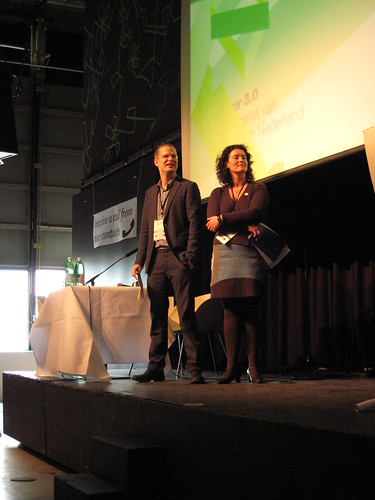PICNIC 2012: new ownership?
by Serena Westra and Katía Truijen The 17th and 18th of September PICNIC 2012 was held in EYE Filminstitute in Amsterdam. At the international gathering, about 3000 professionals were present from different fields like business, technology, government, NGO’s, education...









 Verslag van Cultuur 3.0 conferentie,
8 april, Club 11, amsterdam.
Virtueel Platvorm.
Verslag van Cultuur 3.0 conferentie,
8 april, Club 11, amsterdam.
Virtueel Platvorm.